The Tension of Today
Square paintings that take the smallest things—a gas station’s roof, a swing set’s leg—and find unease in the most cheerful of circumstances.

Interview by Rosecrans Baldwin
The Morning News: You’ve said before your paintings begin from photographs. Are you shooting with a smartphone? What grabs your eye?
Guy Yanai: The paintings sometimes begin from photographs, but not just. I use anything that I can get my hands on, and that includes photographs. Sometimes with my iPhone, sometimes just stealing, sometimes from memory, sometimes from looking, sometimes from nothing, sometimes from other art. It’s not that important from where, because there are just so many sources of information now. The different layers of cognitive acts do excite me though. I guess I’m looking for something that I can take to a new place, some kind of miraculous transformation. What interest me is what’s around us, all of us. To work within the texture of today. Continue reading ↓
Guy Yanai’s “Lived & Laughed & Loved & Left” is on view at Boston’s La Montagne Gallery through Aug. 28, 2013. All images used with permission, copyright © the artist, all rights reserved.
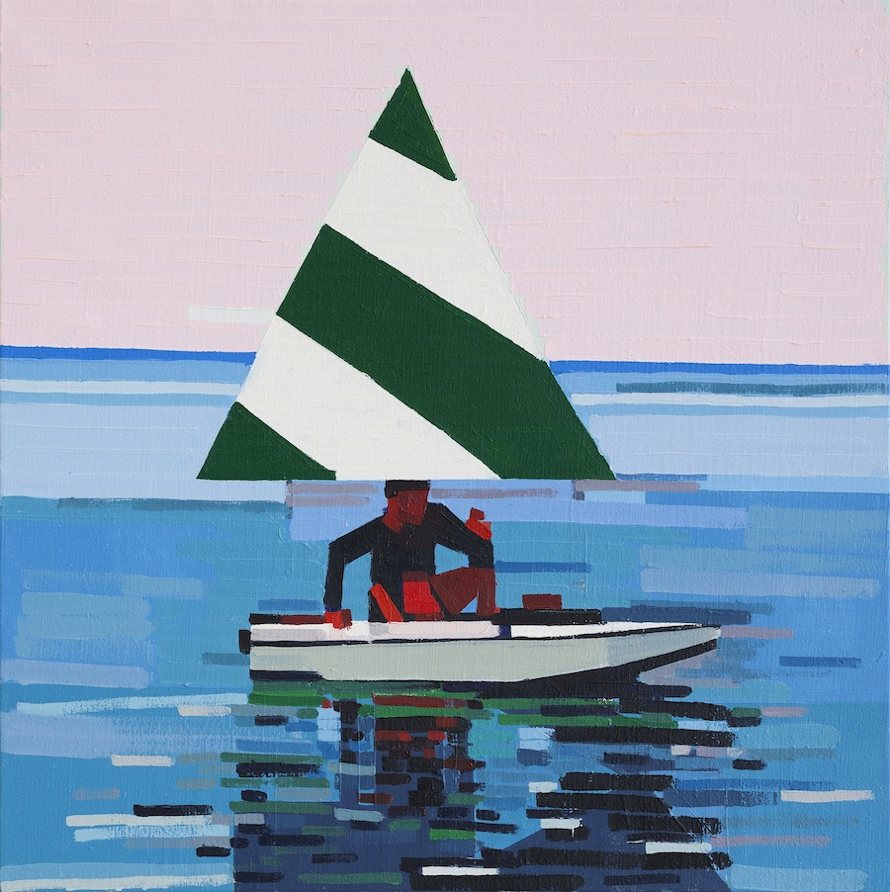
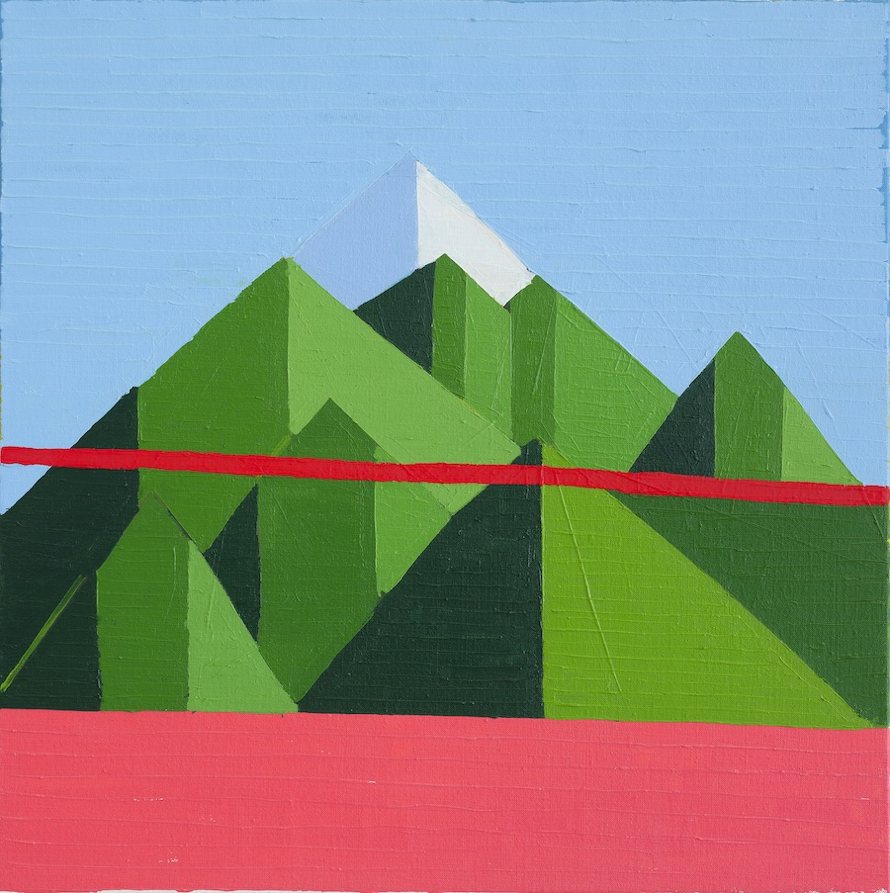
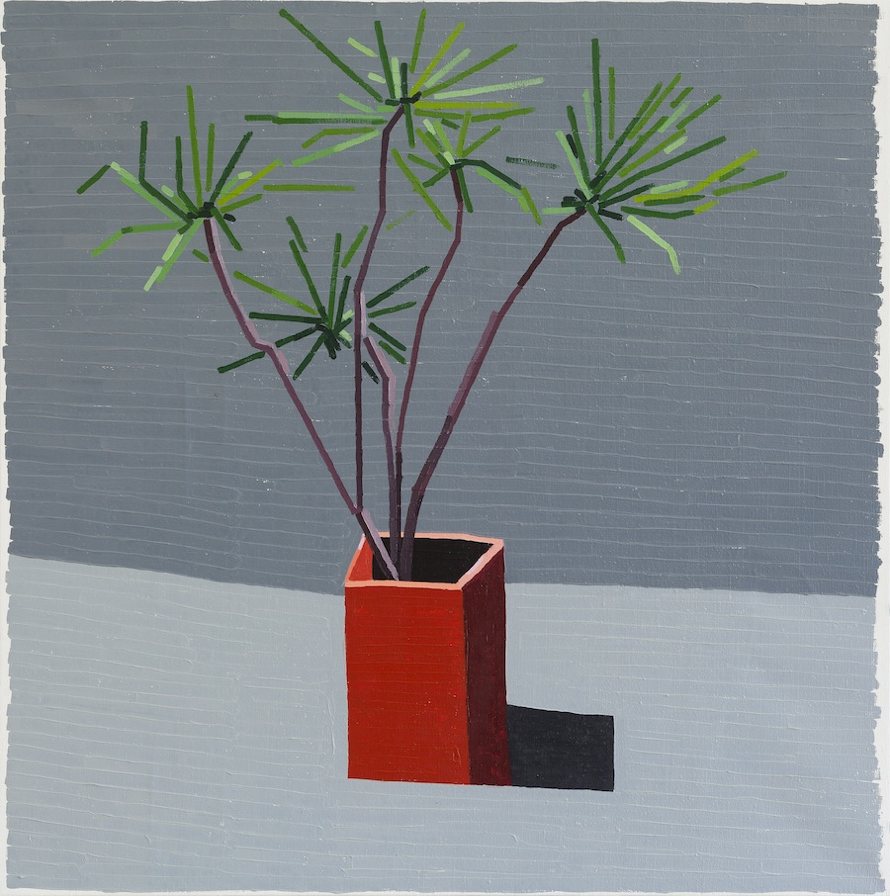
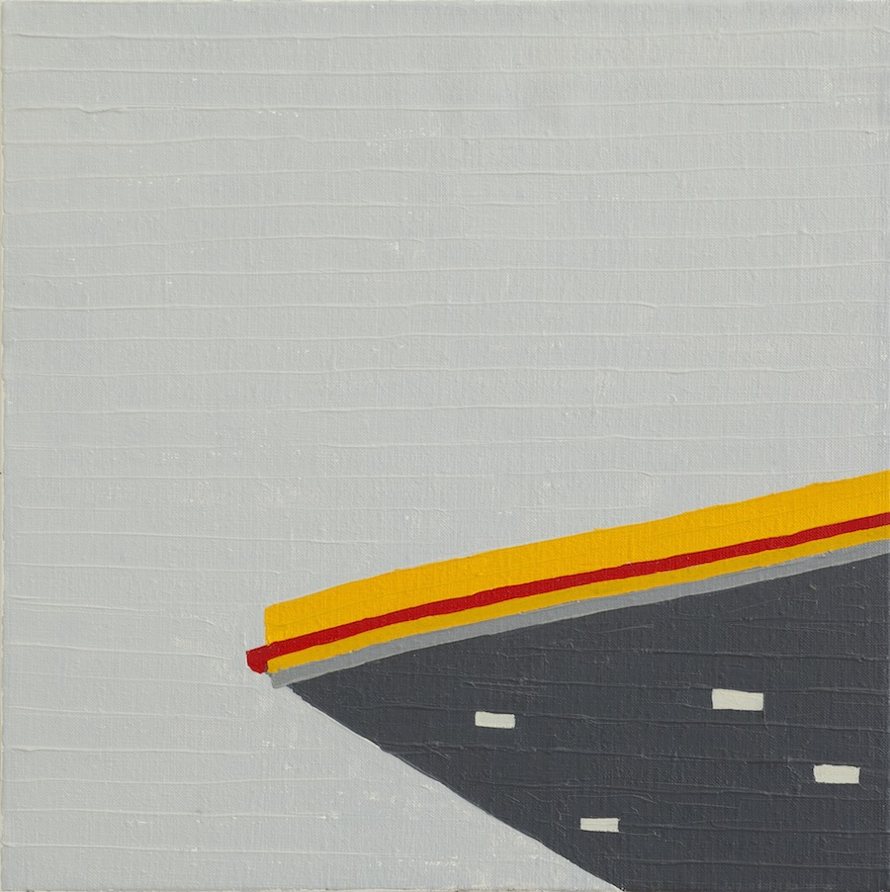
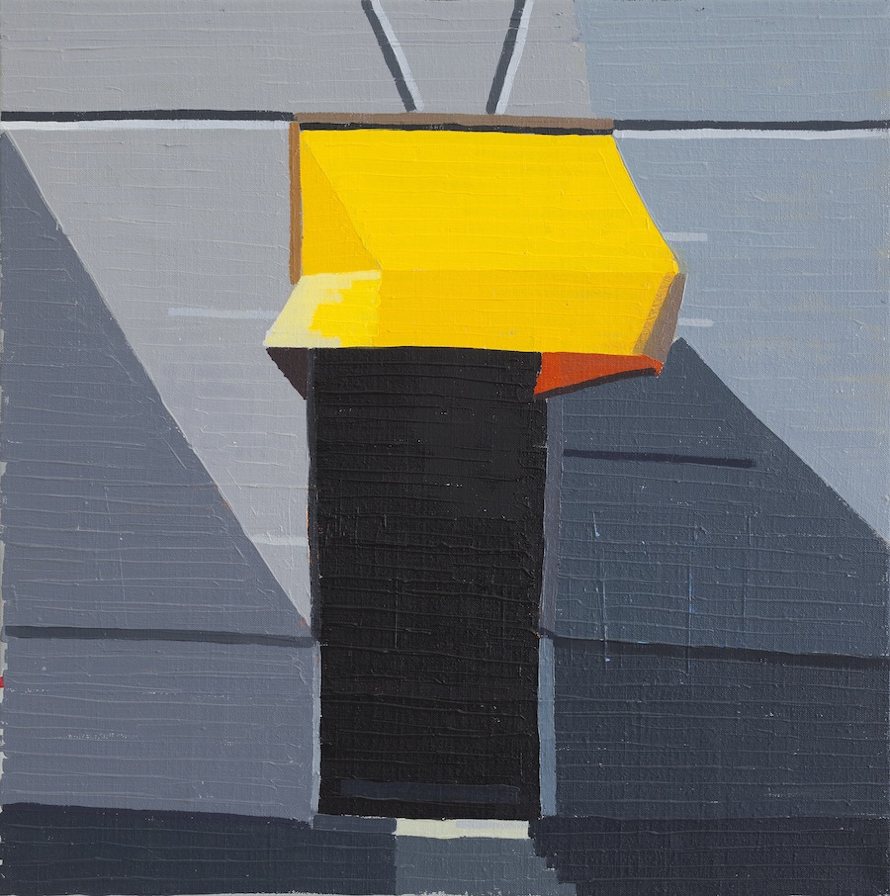
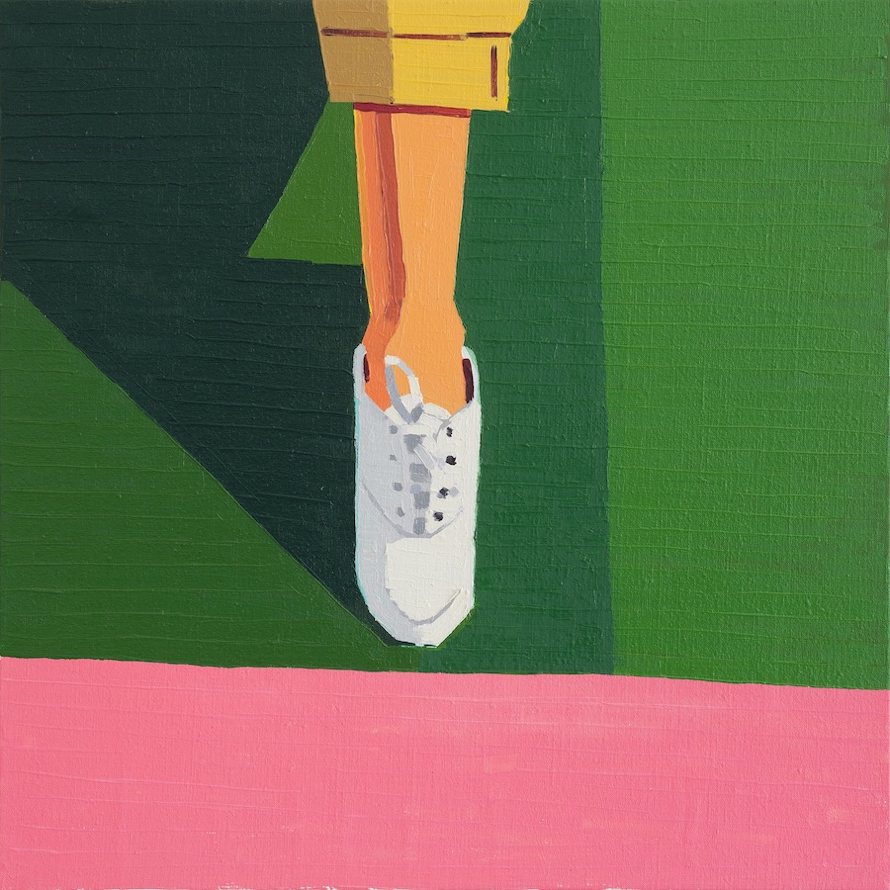
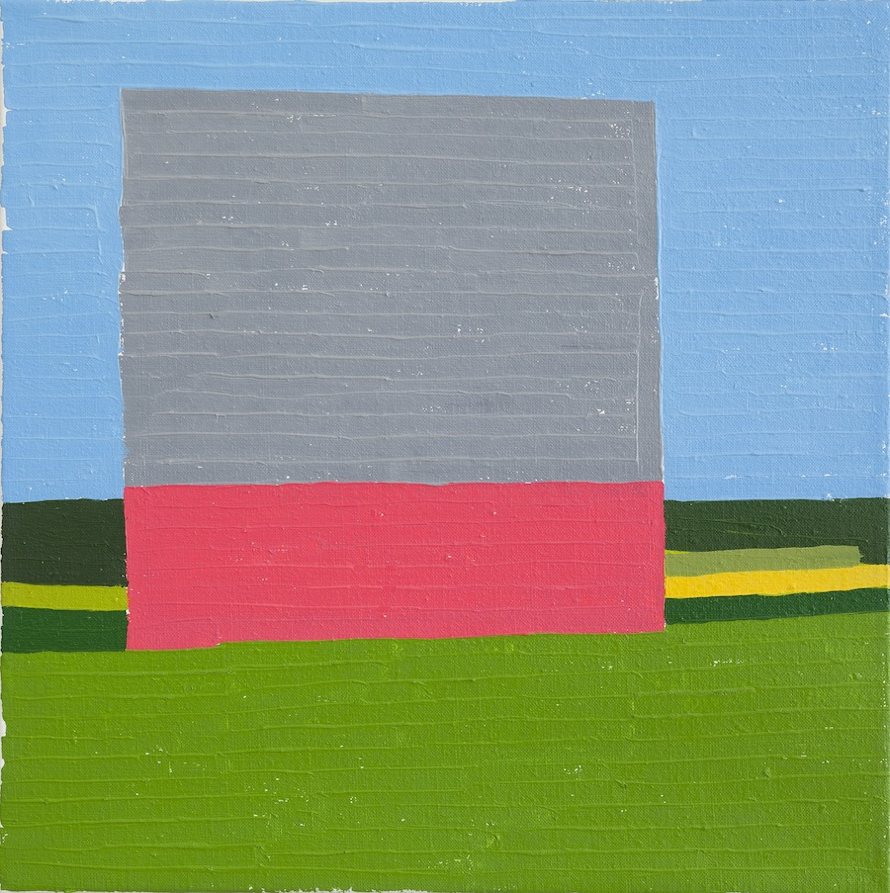
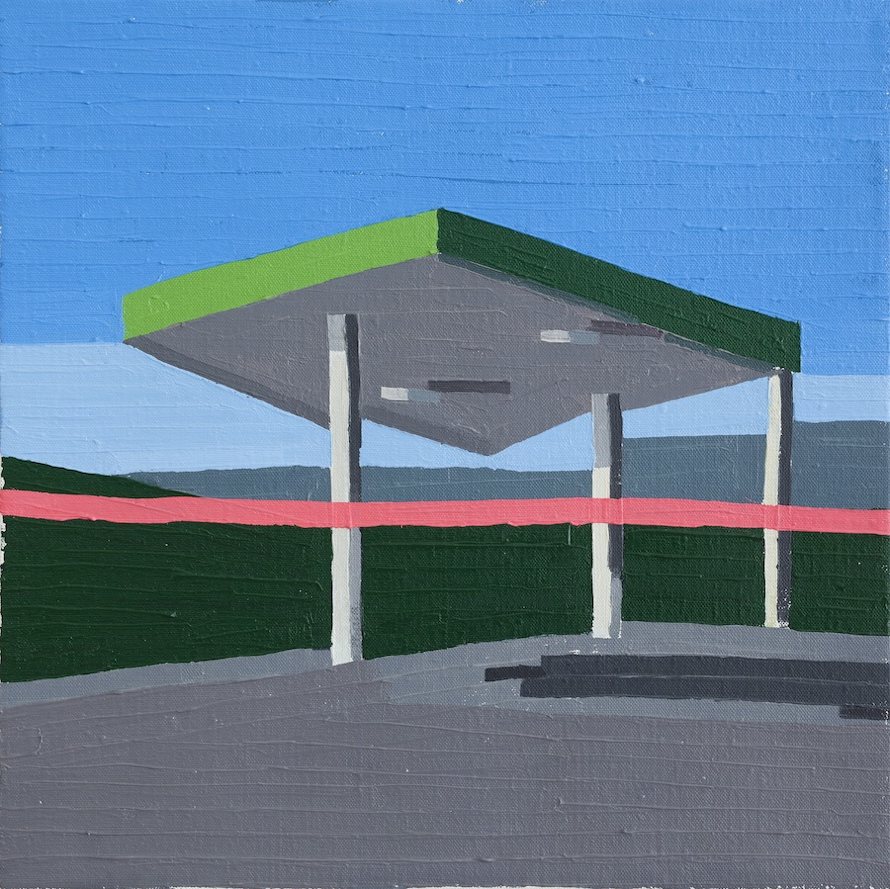
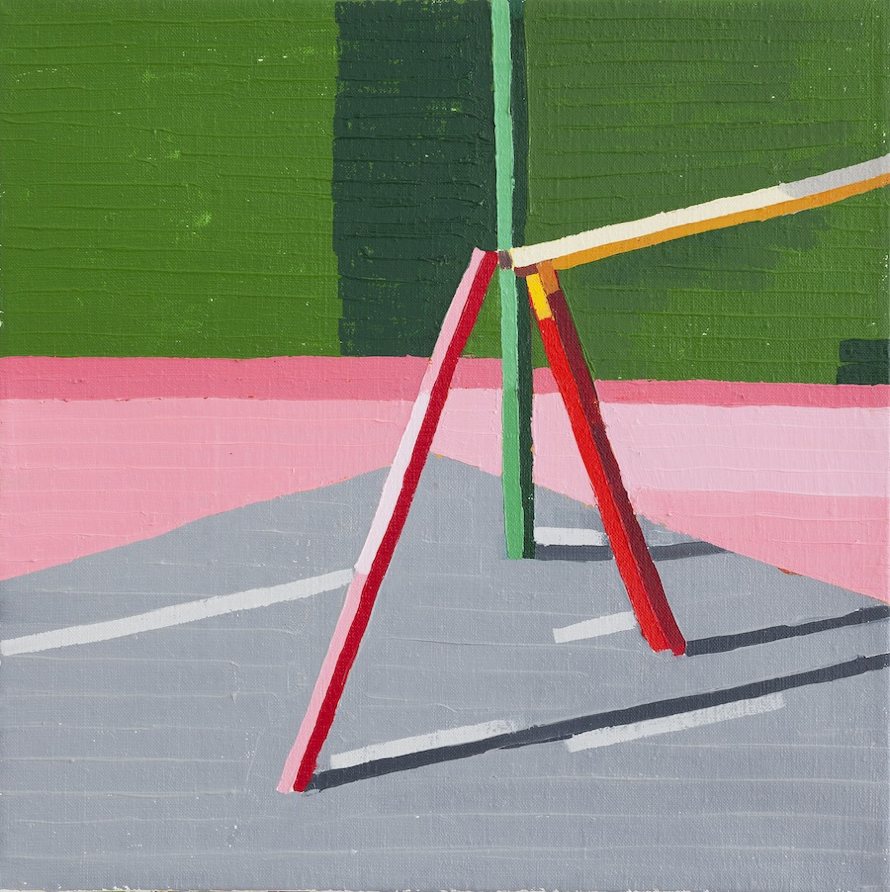
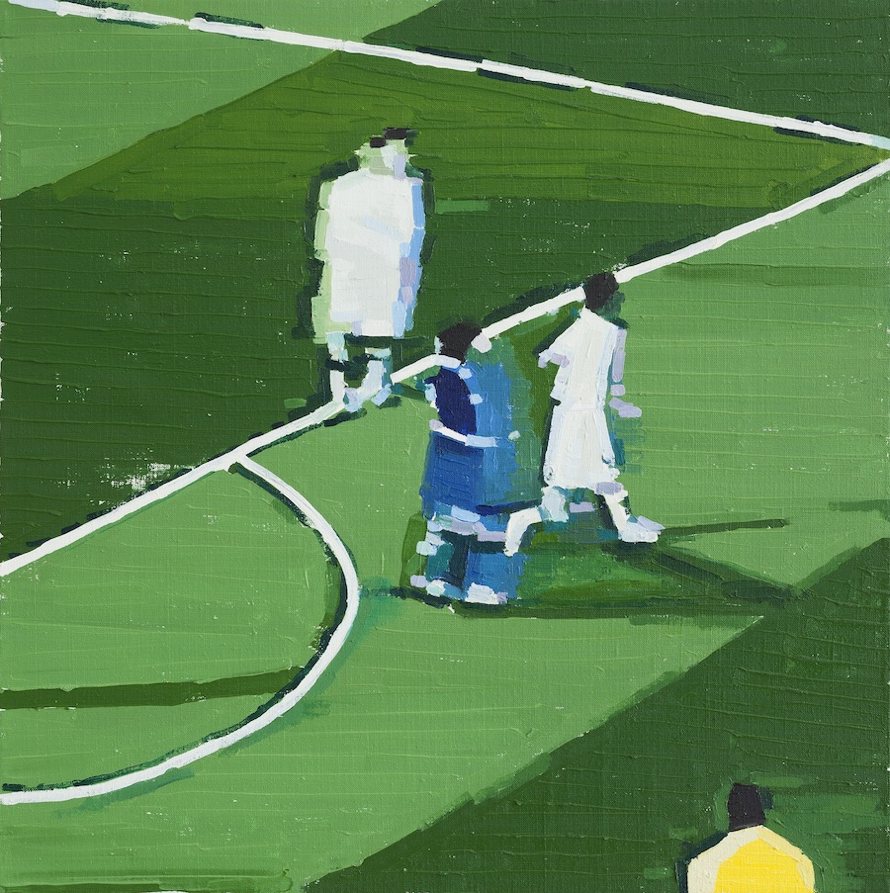
Interview continued
TMN: The paintings are tense—controlled by the dimensions of the canvas. Do they feel tense to you?
GY: Yes. They are very, very tense. I mean, is there a shape that is more authoritative than the square? All the works in this show are square. It just really freezes up everything.
TMN: Are you instinctively better with color or form?
GY: I’ve never thought about it. I think it varies from painting to painting, and certain paintings demand me to be better at certain things. On second thought, probably color.
TMN: How much television do you watch?
GY: Not much. I would like to watch more, but I don’t have time. Sometimes at night I put on Israeli TV and it’s really crazy. Mostly, I like mindless TV that just numbs me after working all day. I like cinema, too; in fact I’m very jealous of cinema, and music as well.
TMN: If a man walks into a room, what are you drawn to first?
GY: His whole composure. I’d prefer a woman to walk into a room.
TMN: When was the last time you looked at a piece of art by someone else and were confused?
GY: It’s nice to get confused, like, “How the fuck did he do that?” That feeling of bewilderment is great. Last time I felt it? Probably looking at Elad Lassry or Tal R.
TMN: Favorite thing to do in airports?
GY: I travel a lot for shows, usually for short periods of time, so if I can sneak into the lounges I like to drink Campari and eat little snacks, otherwise I look at magazines and all of the shopping—it relaxes me. The worst is just to sit in a horrible chair and wait. So yeah, drink and shop. I like to try the “local” food at airports.
TMN: Do paintings end for you the same way each time?
GY: Never. Every painting defines itself and defines its own parameters. Sometimes I try to make it easy on myself and re-do a painting in a different size, but it never works, it just looks pre-planned and dead. I work in projects, but with each one each work ends at its own tempo.
TMN: James Joyce wrote in Dubliners, “I am tomorrow, or some future day, what I establish today. I am today what I established yesterday or some previous day.”
GY: Well, as you know, the title of this show in Boston is taken from Joyce’s Finnigan’s Wake. The book itself is totally unreadable—it’s really a night in Dublin’s dreams, even if he wrote it in Paris. I had a show in 2011, in Tel Aviv, at Alon Segev Gallery, called “First We Feel Then We Fall”—that line is also inspired from Finnigan’s Wake. Both titles are the same thing really, first living, risking everything, and eventually crashing. That sense of defeat is something that’s really been interesting me lately. How to lose gracefully. How to be down and still be strong in that weakness.
As to your question, I mean, look, what are we doing now? I am talking about a show that’s been in the books almost a year, about work that I finished in May. I mean, Joyce is so on here. The full presence of the works here, and the past year are just starting to make themselves felt.
